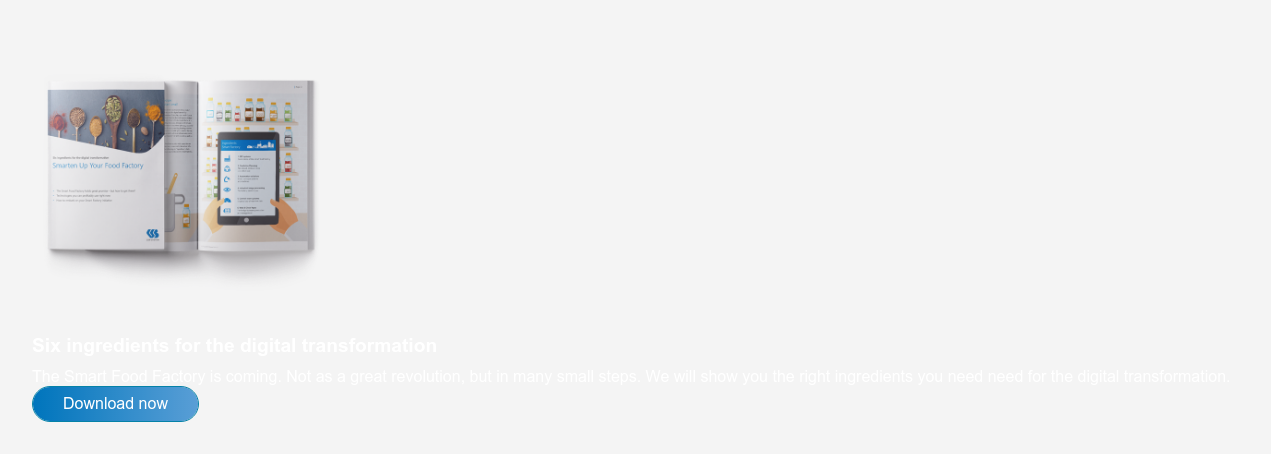The introduction of a new ERP-System is everything but easy-going: The food discounter Lidl just had this experience. Since 2011, Lidl had been investing an estimated 500 million Euros and seven years of time in order to substitute its old enterprise resource management by a SAP solution called eLWIS. Now the responsible staff members have reacted and applied the emergency brake. How can you avoid this happening?
The message of the stopped Lidl project was a real bombshell in the industry circles. "eLWIS on HANA basis is dead" was the headline in the magazine Computerwoche, "Lidl loses several hundred millions" wrote Lebensmittelzeitung. But what can be compensated by a billion-Euro group would have fatal consequences for a medium-sized production plant. Companies that have to survive in spite of expensive raw materials and low margins cannot afford to pay many costly software developers for the implementation of a commercial merchandise management system only to end up developing its own software.
What is worst, is working with a failed ERP system and the effects on daily business. To work with an unusable ERP system is like a ride on a razor blade. Since functional deficits, lacking integration or bad extensions of the business software are the death of efficiency, data availability and transparency. Bye-bye competitiveness.
Time for a few fundamental recommendations for a secure ERP introduction:
- Get all those involved and your management on board right from the start! Ask them about their wishes and give them the right to make a choice. You then create commitment and ensure that existing knowledge of processes flows into the solution.
- Plan the implementation strategically: define scope, budget, resources, time and quality of the project so you can assess it based on these defaults. Use the previously defined core processes and core business fields as a guideline. Ask your consultants for agile methods, which will help you to save time.
- For a migration to succeed quickly, data has to be prepared, purged and converted. This task must take all master and transaction data into account and should be generously planned. Note: Please keep in mind revision-proof archiving of non-transferred data!
- Good documentation is important from the very beginning. It starts with a requirement specification and reaches to tax-related documentation of the change-over to the new system.
- Clarify responsibilities and make sure that everyone knows: the introduction of the new system is a top management matter.
- Ensure that sufficient resources are available for the implementation. Also controlling, monitoring and managing the project costs time and money. It is not uncommon for personnel bottlenecks to delay the go-live.
- Test the system before you go live. Ideally, you do this in a subarea only or run the legacy system in parallel for a while.
- Don't start training too late - and give power users early a more intensive training.
- Plan for optimizations. Often, reasonable adjustments and enhancements only come up during implementation.
Address the selection process methodically
Before you introduce the ERP-System, you first need to find the one suited best for your business. No easy task, but we have the right companion for you: 9 criteria for a successful ERP selection.


